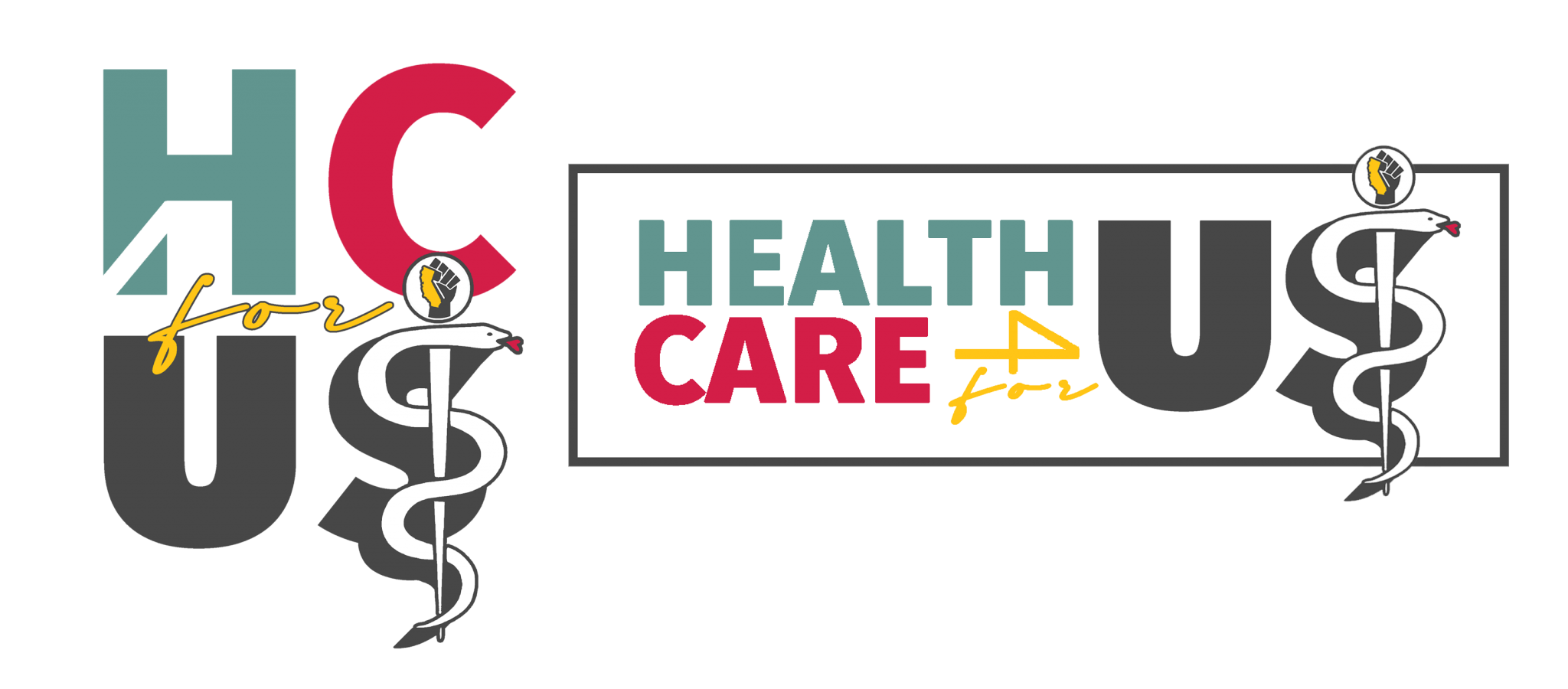Some Urban Hospitals Face Closure Or Cutbacks As The Pandemic Adds To Fiscal Woes
Coronado may outlive the hospital that saved him. Founded 168 years ago as the city’s first hospital, Mercy survived the Great Chicago Fire of 1871 but is succumbing to modern economics, which have underfinanced hospitals serving the poor. In July, the 412-bed hospital informed state regulators that it planned to shutter all inpatient services as soon as February.
“If something else happens, who is to say if the responders can get my husband to the nearest hospital?” says Coronado’s wife, Sallie.
While rural hospitals have been closing at a quickening pace over the past two decades, a number of inner-city hospitals now face a similar fate. And experts fear that the economic damage inflicted by the COVID-19 pandemic on safety net hospitals and the ailing finances of the cities and states that subsidize them are helping push some urban hospitals over the edge.
By the nature of their mission, safety net hospitals everywhere struggle because they treat a large share of patients who are uninsured — and can’t pay bills — or have their care paid by Medicaid, which doesn’t cover costs. But metropolitan hospitals confront additional threats beyond what rural hospitals do. State-of-the-art hospitals in affluent city neighborhoods are luring more of the safety net hospitals’ best-insured patients.
These combined financial pressures have been exacerbated by the pandemic at a time when these hospitals’ role has become more important: Their core patients — the poor and people of color — have been disproportionately stricken by COVID-19 in metropolitan regions like Chicago.
“We’ve had three hospital closures in the last year or so, all of them Black neighborhoods,” says Dr. David Ansell, senior vice president for community health equity at Rush University Medical Center, a teaching hospital on Chicago’s West Side. He says the decision to close Mercy “is really criminal in my mind, because people will die as a result.”
READ MORE

